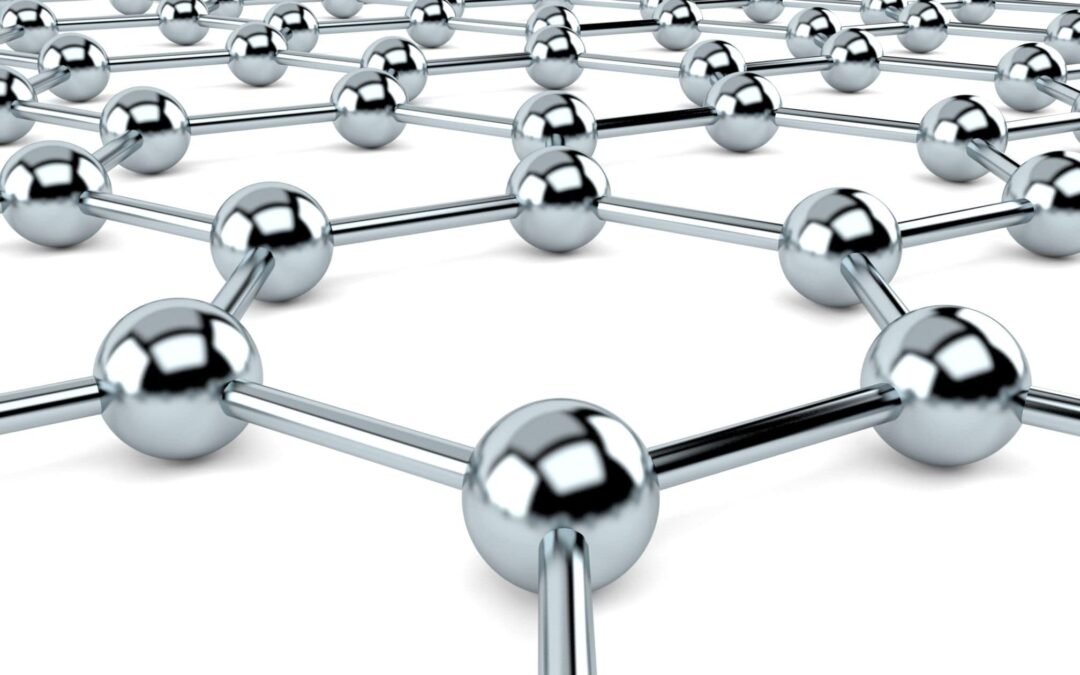Whether the discussion centers on e bikes, airplanes or nearly any mode of transport in between, there is an increasing focus on hydrogen-powered propulsion systems. Such systems are far more environmentally friendly, in no small part because their only emissions are water droplets, as opposed to the harmful greenhouse gasses typical of internal combustion engines.
As a result, we have seen major automobile manufacturers like Toyota, BMW, Honda and Hyundai explore hydrogen fuel-cell technology. We have seen the announcement by Airbus in December 2022 that it plans to stage test-flights of a hydrogen-powered jet by 2026, and debut such an aircraft within a decade of that. And yes, we have heard talk of ebikes powered by hydrogen cells as well.
There are questions about infrastructure: Were you to drive a hydrogen-powered vehicle, where would you stop to fuel it? There are only 80 such stations in the entire U.S., according to BMW. So even if you wanted to adopt this particular green technology, you simply couldn’t use it, if you hoped to travel any great distance.
But here’s an even bigger concern: Most hydrogen is at present produced from coal or natural gas. Seems like there ought to be a better alternative.
Thanks to graphene, there might be. The website Graphene-info.com reported in October 2022 that researchers used graphene as an electrode while breaking water molecules. That made it possible for them to apply a stronger electrical current while performing this process, known as dissociation. Previously, using a stronger current had not hastened dissociation, but graphene – a layer of carbon that is just one atom thick – was permeable only to protons, fostering a separation from the hydroxide ion in the water molecules and preventing a recombination. As noted in the Graphene-info piece:
This charge separation is essential to observe the electric field acceleration of water dissociation. Another key advantage of graphene is that it allows evaluating the electric field at the graphene-water interface experimentally, which allows for quantitative characterization of the field effect.
The hope, again according to the piece, is that this will hasten the development of hydrogen fuel from water – “that it can help design better catalysts for green hydrogen production,” as Dr. Marceo Lozada-Hidalgo, leader of an international team of scientists that performed the study, told the site.
Again, the implications are vast. The first hydrogen-powered vehicle was developed in 1966, but according to the website Thedrive.com, it wasn’t until 50 years later that such a vehicle was produced in a volume exceeding 1,000. That’s when Toyota came out with a car called the Mirai.
That same website reported that only 8,000 hydrogen-powered cars were sold in the U.S. between 2012 and 2020, in large part because of the aforementioned infrastructure concerns. Those 80 fueling stations? Apparently they’re all in California, according to Thedrive piece, which added that the network isn’t always the most reliable.
Still, green hydrogen projects continue. According to a February 2021 report by the Hydrogen Council, there were 228 projects around the world. Just 19 of them were in North America, however, as compared to 126 in Europe. Many of those projects, the result of government initiatives, had yet to be adequately funded at that point.
The Hydrogen Council nonetheless estimates that hydrogen production will increase to 6.7 million tons by 2030, a figure that far exceeds the council’s previous estimate of 2.3 million tons. It’s a matter of getting it to the right people with the right vehicles, at the right time. And it appears that graphene can help make that happen.

